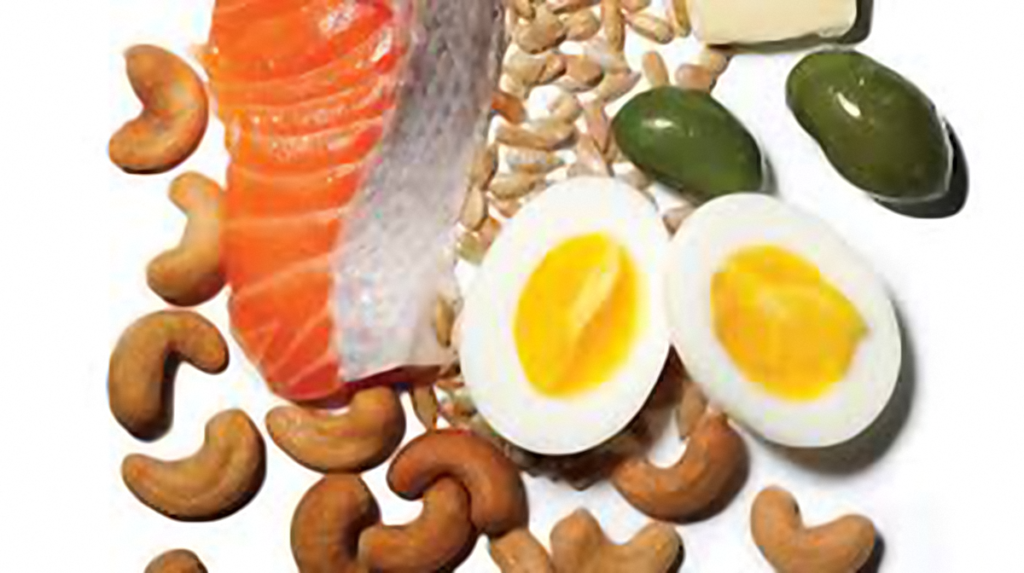Dirty vs Clean Keto
The Ketogenic Diet is a strategic macro-nutrient distribution of daily food intake designed to switch the body’s metabolic state from Glycolysis, whereby glucose from carbohydrate intake fuels the body’s energy needs, to Ketosis, whereby fat is burned for fuel in the absence of the carbohydrates. Once your body no longer relies on glucose as a primary energy source, your liver starts to convert fat into ketones to fuel both body and brain. The macro-nutrient distribution is roughly 70% fat, 20% protein and 10% carbohydrates. Easier said than done and deceptively dangerous!
Keto approached in either one of two ways will produce aggressive fat loss yet yield drastically opposing impacts on body and brain. Knowing the difference is not as simple as differentiating between “clean” versus “dirty” approaches, but rather appreciating that the foods our macros come from matter! From the potentially lethal to life-changing health benefits, ketosis can serve up either.
“Dirty keto” evolved with our modern eating habits to indiscriminately favor convenient, cheap and processed fat, with blind regard for the source. Butter, bacon, and excessive amounts of oils are ketogenic, yes, but absolutely reckless. Indiscriminate sourcing also lacks micro-nutrients vital to overall health and is laden with highly processed foods – “hello” cravings, bloating, and feelings of withdrawal, a.k.a. “keto flu.”
“Clean” emphasizes quality, unprocessed, healthy fats, via cold-pressed oils. nuts and seeds. Your proteins are lean, wild, and pastured while carbohydrates must be restricted to the non-starchy, high-fiber variety and include a diverse range of colorful vegetables. Keto-adaptation is the goal and when you start to experience the physiological benefits of enhanced mental acuity, sustained energy, less discomfort, optimal recovery, feeling satiated not hungry, and less blood sugar volatility. When keto-adapted, blood markers improve, lowered triglycerides and higher HDLs is one example of improved insulin resistance. Include reduced inflammation and improved metabolic health, you have a real chance at living disease free!
Intermittent Fasting on Keto
Combining fasting with keto should be practiced for convenience, which facilitates sustainability and ultimately your results. While fat loss is usually both the most obvious and coveted result, fasting and keto will serve to accelerate all the other wonderful physiological benefits beyond the aesthetic.
It’s as simple as skipping breakfast, literally. Ask which fasting approach works for keto (rather than you) and here’s your answer: split each 24-hour period into an eating or fasting window. Start with a 16/8 split of 16 fasted hours to 8 eating hours. Strive to narrow down to a 14/10 split over time. If you have your first bite of food at 11am, your window is closed at 7pm, and nothing is consumed until 11am again the next day. Water, tea, and coffee being the only exceptions. The narrower the eating window, the more rapid the results, irrespective of the caloric intake consumed in aggregate.
Remaining in “clean” keto adaptation requires precision, both sourcing and allocating your macro-nutrients. Such precision requires effort and is significantly less taxing and more sustainable the less time it consumes. Once or twice a day is less consuming than an effort to be on point three to five times, over a fluid 12 to 16-hour period. Add life, with several moving parts and melodramas, and that’s a losing game! Intermittent fasting simply has proven critical to success on convenience alone.
Final note – serious contraindications preclude many from safe keto. You must check with your Dr.




